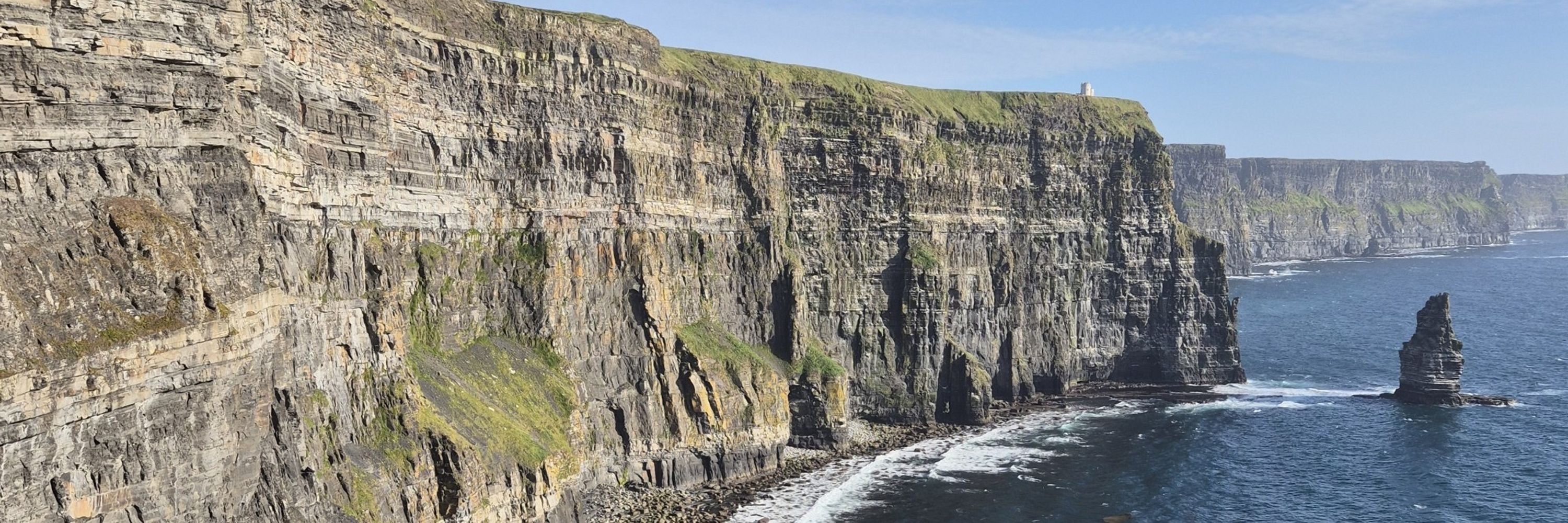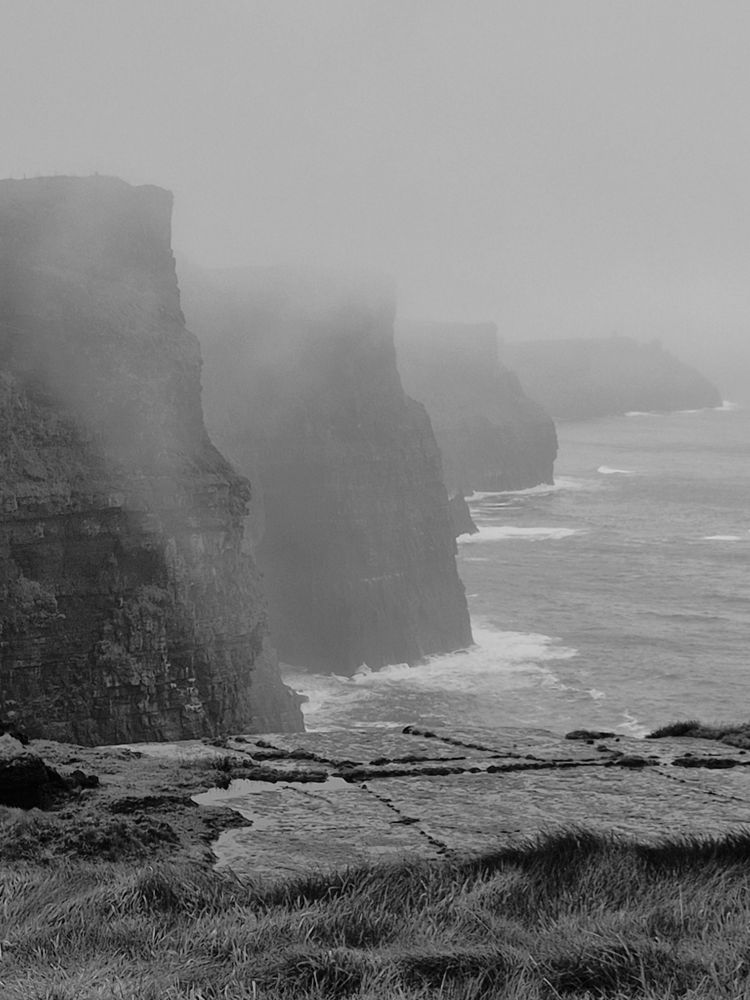Cormac MacFhionnlaoich
@cormacscoast.bsky.social
2.4K followers
71 following
650 posts
Hiking guide providing walking tours along Ireland's Atlantic coast
Cliffs of Moher, Burren,Slieve League
Zoology
Marine Biology
Geology
Botany
Local history
Posts
Media
Videos
Starter Packs






















